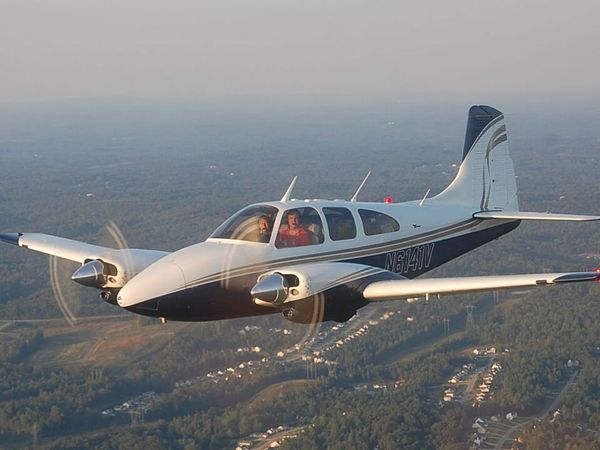John Baker
Final Approach
- Joined
- Oct 4, 2008
- Messages
- 7,471
- Location
- San Diego, California
- Display Name
Display name:
John Baker
On Friday I was at 6,500' on a heading of 185. A Cirrus was on a heading, I would guess less than 360. We were both at about the same altitude. I spotted him probably about one mile ahead of me. Within seconds, he passed me a few hundred yards off my left wing. I got to thinking, had we been on a collision course, impact would have occurred before either of us could have reacted. It was over very fast.
The book says if you see an aircraft ahead of you, that does not seem to be moving, you are on a collision course and you should give way to the right.
Had he been ahead of me, he would have presented a very small profile approaching head on. Determining that he was not appearing to move would just possibly have caused either one of us to be way to late to react.
The news media gets all excited about big iron passing within a few miles of each other, and refer to it as a near miss, or a very close call.
In sailboat racing, if boats pass within a few inches of each other, it might just as well been a mile. If the boats don't hit, it doesn't count.
So here is my question. What would be considered a near miss or close call between small G A aircraft flying at training levels or in "Indian country"? Actually, for that matter, at any altitude?
John
The book says if you see an aircraft ahead of you, that does not seem to be moving, you are on a collision course and you should give way to the right.
Had he been ahead of me, he would have presented a very small profile approaching head on. Determining that he was not appearing to move would just possibly have caused either one of us to be way to late to react.
The news media gets all excited about big iron passing within a few miles of each other, and refer to it as a near miss, or a very close call.
In sailboat racing, if boats pass within a few inches of each other, it might just as well been a mile. If the boats don't hit, it doesn't count.
So here is my question. What would be considered a near miss or close call between small G A aircraft flying at training levels or in "Indian country"? Actually, for that matter, at any altitude?
John








